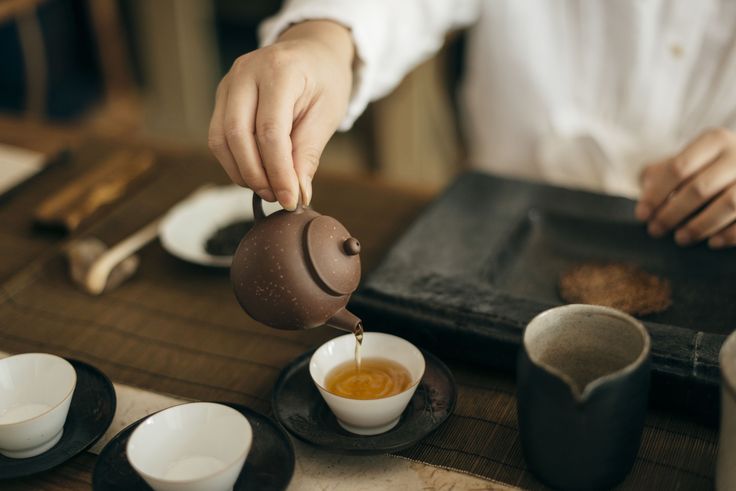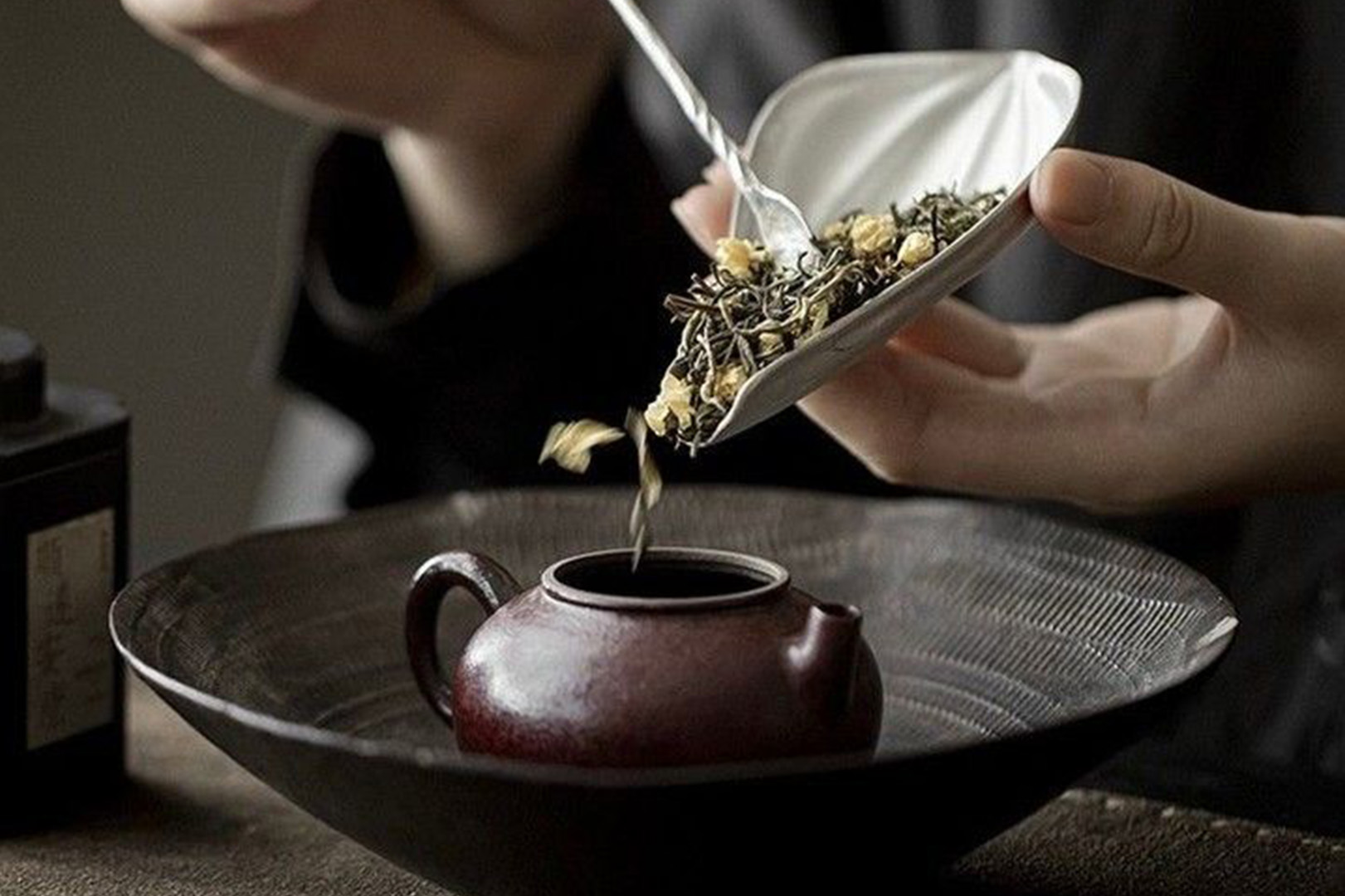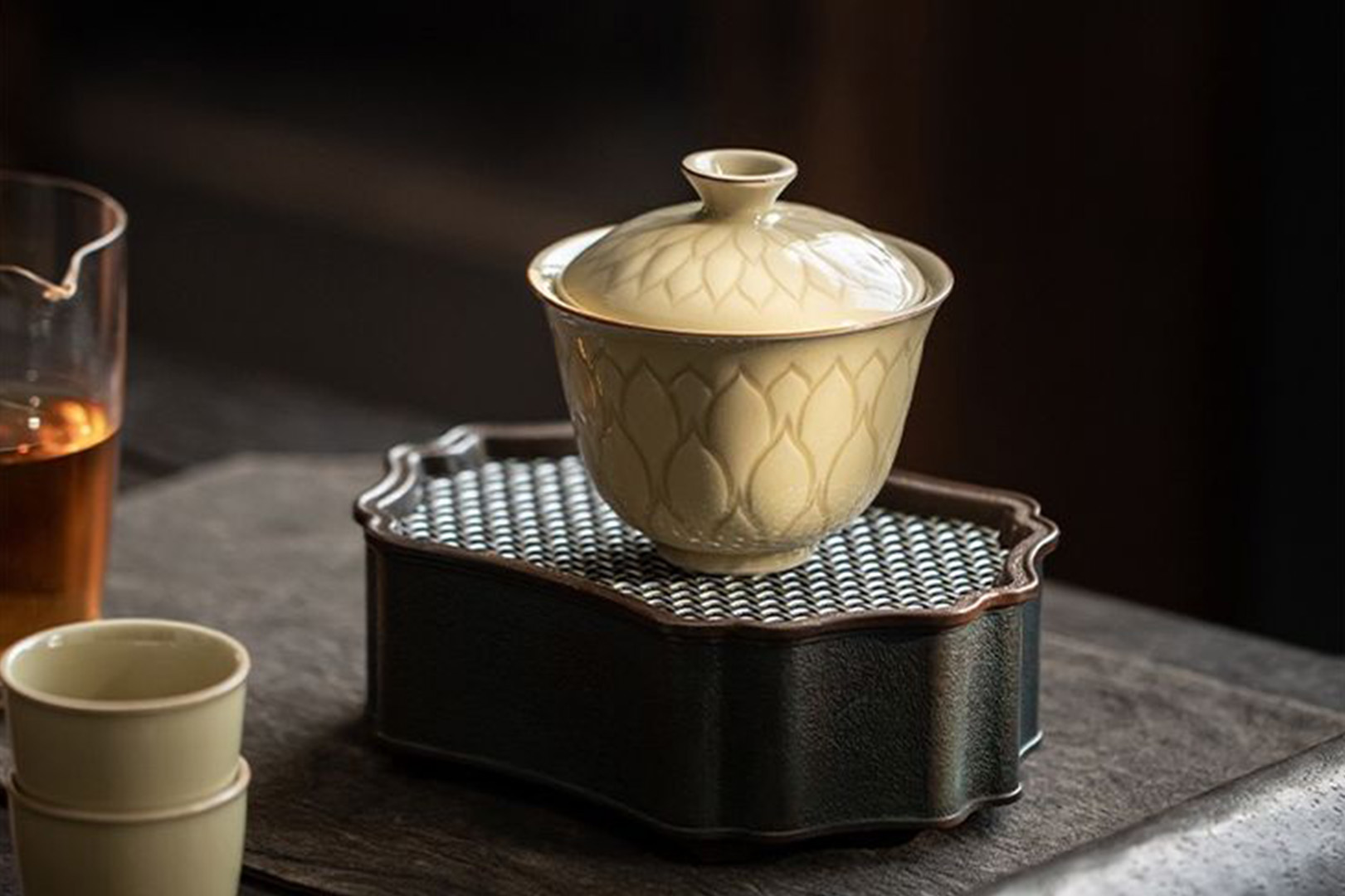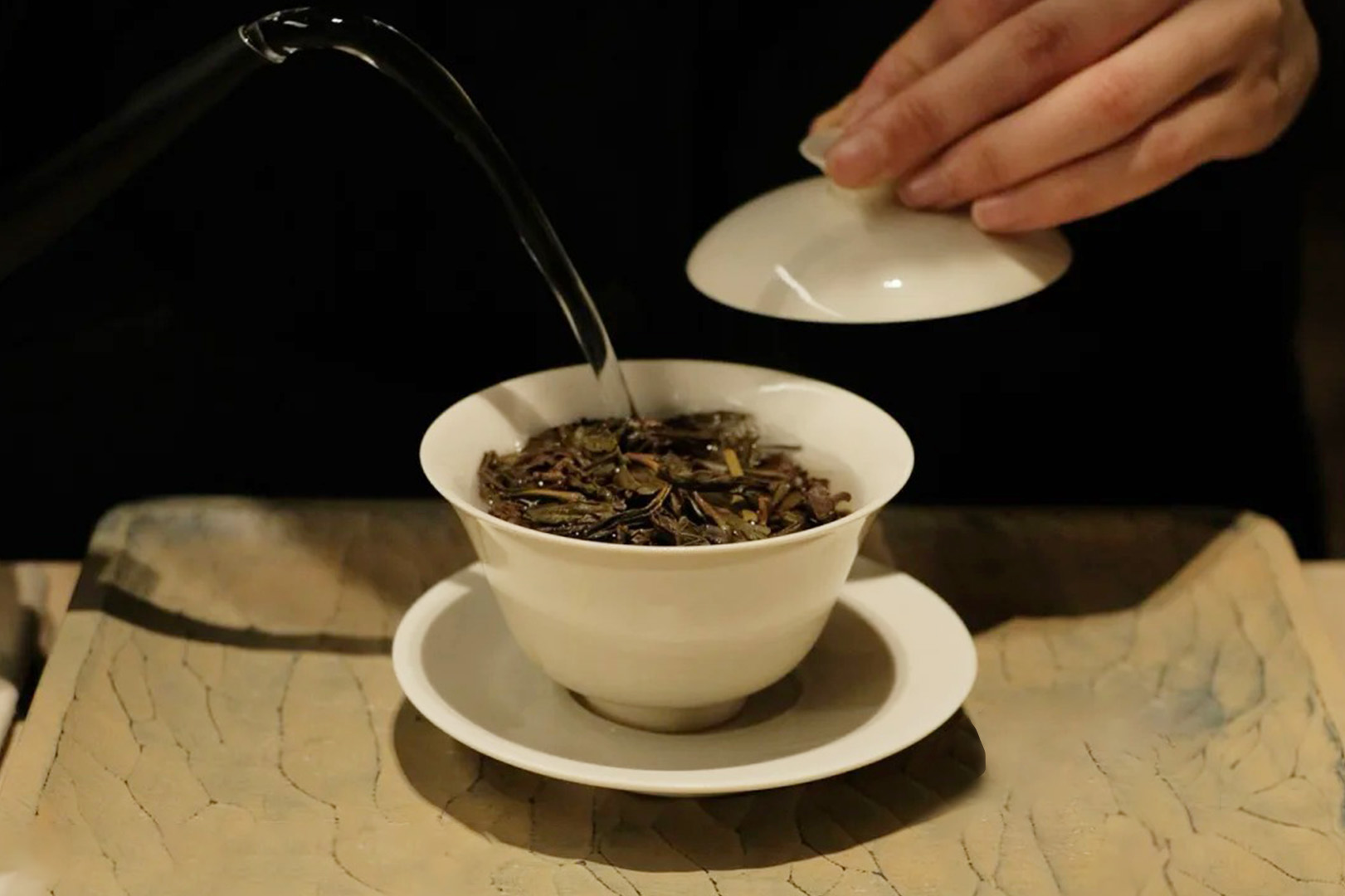Chinese Tea Traditions: A Journey Through History, Ritual, and Appreciation

China, the birthplace of tea, has a long-standing legacy as the pioneer in tea cultivation, production, and consumption. The Chinese have maintained a deep affection for tea throughout the ages, a sentiment that endures to this day. This enduring love for tea is likely rooted in its health benefits, as noted by Li Shizhen in his "Compendium of Materia Medica," where tea is praised for its digestive and brain-boosting properties—a claim supported by modern scientific analysis.
From this long history, a unique Chinese tea culture has emerged, where tea is more than just a beverage; it is a vessel for cultural exchange, reflecting the philosophy, aesthetics, and lifestyle of the Chinese people, offering a glimpse into their spiritual realm.
Chinese tea culture encompasses not only the preparation methods, utensils, and occasions for tea consumption but also the literature, poetry, art, and customs that revolve around tea.
In this exploration, we delve into the origins, history, preparation techniques, customs, and ceremonial aspects of Chinese tea, as well as the legends, literature, and art that are inextricably linked to it.
Table of Contents
The Origins and Historical Significance of Chinese Tea
A pivotal figure in Chinese tea history is Lu Yu (733 – 804), known as the "Tea Sage," who authored the "Tea Scripture" during the Song Dynasty, tracing the roots of tea drinking in China back to the Zhou Dynasty. According to Lu Yu, tea was discovered by Shennong, the Divine Farmer, and became popular in the State of Lu due to Zhou Gong. Shennong, a legendary figure and god of the sun, is credited with inventing the plough and discovering the medicinal properties of plants, with his most famous work being "The Divine Farmer's Herb Classic." It is said that Shennong tested hundreds of herbs, including tea, which saved him from poisoning on numerous occasions.
The Legend of Shennong and the Discovery of Tea

The story dates back to the Shennong era, before 2700 BC when Shennong ventured into remote mountains to gather herbs for medicinal purposes. His extensive exploration of wild plants led to the discovery of tea's restorative properties. One day, after being poisoned seventy-two times, Shennong was fortuitously saved by chewing on tea leaves, which were carried to him by the wind. This serendipitous event marked the beginning of tea's use as a medicinal herb and its eventual transformation into a popular beverage in China.
Chinese Tea Connoisseurship
The Chinese approach to tea is meticulous, with high standards for tea leaf quality, brewing water, and tea service ware.
Tea Appreciation
Assessing tea leaves involves four key criteria: the appearance of the infused leaf, the color of the brew, the aroma, and the taste. While the leaf's shape is significant, the aroma and flavor are paramount in determining tea quality.
Water Quality and Taste
The Chinese place great importance on water quality, selecting water sources such as spring water and autumn rainwater for their sweetness, coolness, cleanliness, and flow. Tap water, with its potential odors and flavors, can compromise tea quality.
Tea Tasting

Tea tasting in China is a sensory delight, offering a respite from the hustle of daily life. It involves savoring the tea's nuances and enjoying a moment of tranquility, whether at home or in a serene teahouse.
Teapot Appreciation
In China, the choice of tea ware is believed to enhance the appearance and taste of different teas. Yixing, in Jiangsu province, is renowned for its purple clay teapots, which are prized for their ability to absorb tea's aroma, retain heat, and develop a patina over time.
Yixing Zisha Teapot
Yixing's purple clay teapots have been celebrated since the Northern Song Dynasty. These teapots, made from local purple or red clay, are known for their durability, air permeability, and ability to enhance tea's flavor. They are particularly cherished for their potential to release an aroma even when filled with hot water alone, making them invaluable to collectors.
Chinese Tea Etiquette

Tea is integral to Chinese social and emotional life, often served to guests as a sign of hospitality and respect. The act of serving tea symbolizes togetherness, enjoyment, and respect for visitors.
Special Circumstances of Tea Preparation and Consumption
Tea has been used to signal the end of conversations, show respect, and offer apologies in Chinese culture. The gongfu tea ceremony, with its emphasis on sensory exploration and appreciation, represents the "Way of Tea" with principles of thrift, harmony, respect, and beauty.
The gongfu tea ceremony, a formal preparation method, highlights the skill developed through practice and is particularly prevalent in the Chaoshan area of Guangdong Province, where it remains a daily ritual and a cherished custom even among emigrants.
